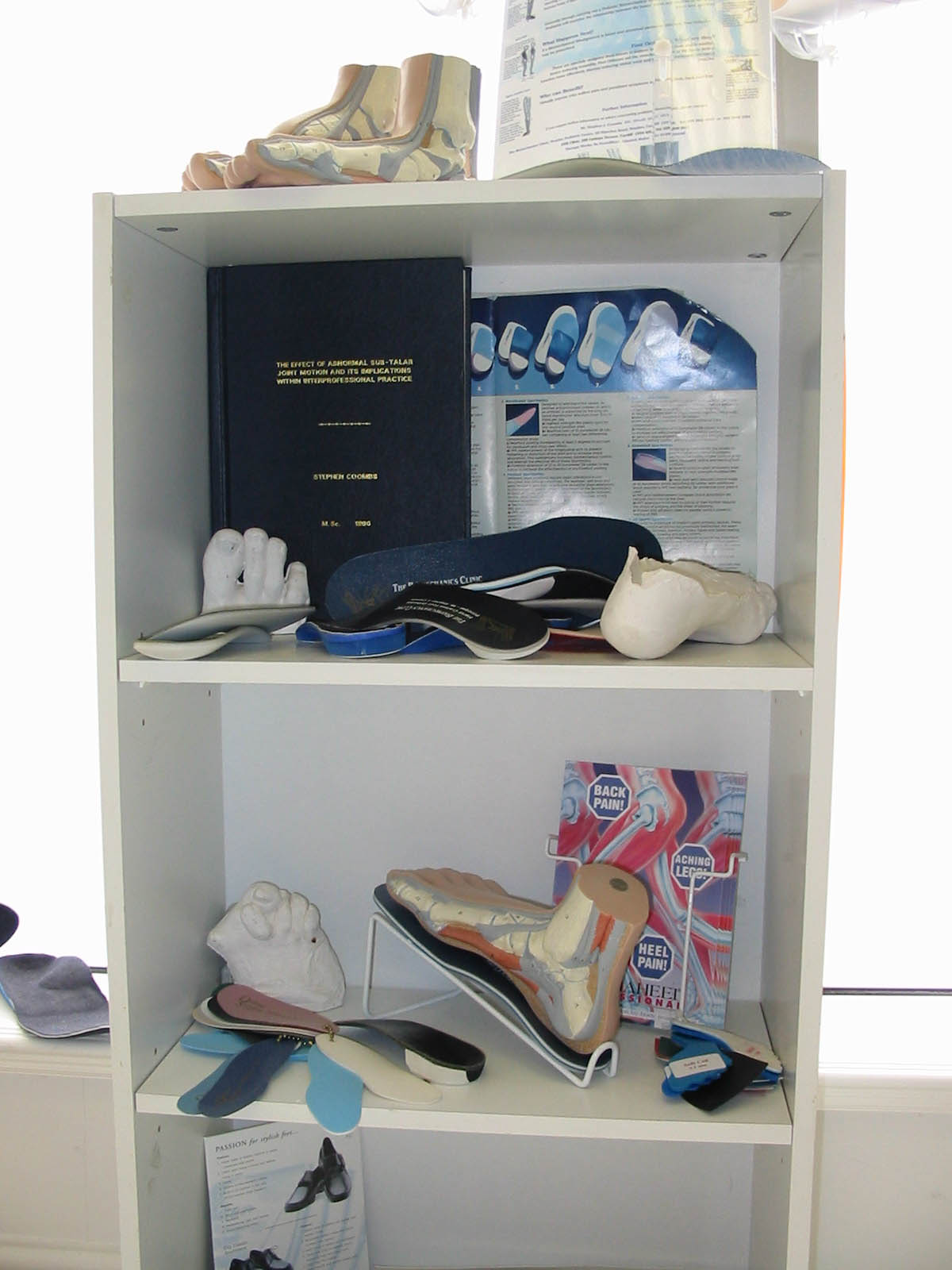What is Podiatric Biomechanics?

Podiatric biomechanics is an aspect of medical technology that deals essentially with the structure and function of the lower limb and joints of the foot. Podiatric biomechanics, although first used by podiatrists, has in recent years been adopted by many health professionals and in multi-disciplinary workplaces where Podiatrists and other health professionals (e.g. Physiotherapists, Osteopaths, Chiropractors) work together.
How does it affect you?
Many painful conditions, whether they are in the soft tissue, muscle or joint, can be directly attributed to poor posture. This is often a result of an imbalance in the foot or lower limb caused by a biomechanical misalignment or abnormality. For example, if your wheel alignment is not correct on your motor car, tyres wear unevenly and wear out quicker, steering is affected and the car does not perform efficiently. This can also be true for the human body if the foot is excessively pronated and the foot is misaligned to the lower limb.

How is the misalignment found?
Generally through carrying out a Podiatric Biomechanical Assessment and Gait Analysis. The Podiatrist will examine the relationship between the bones, joints and muscles of the spine, lower limb and foot.
What happens next?
If a Biomechanical Misalignment is found and abnormal posture is detected, Foot Orthoses may be prescribed.
What are foot orthoses?
They are specially designed shoe inserts to support the foot in a more stable position, hence reducing instability. Foot orthoses aid the muscles and joints of the lower limb to function more effectively, thereby reducing undue wear and tear on the joints and overuse of muscles.
Who can benefit?
Virtually anyone who suffers pain and persistent symptoms in the lower limb, back and foot.




